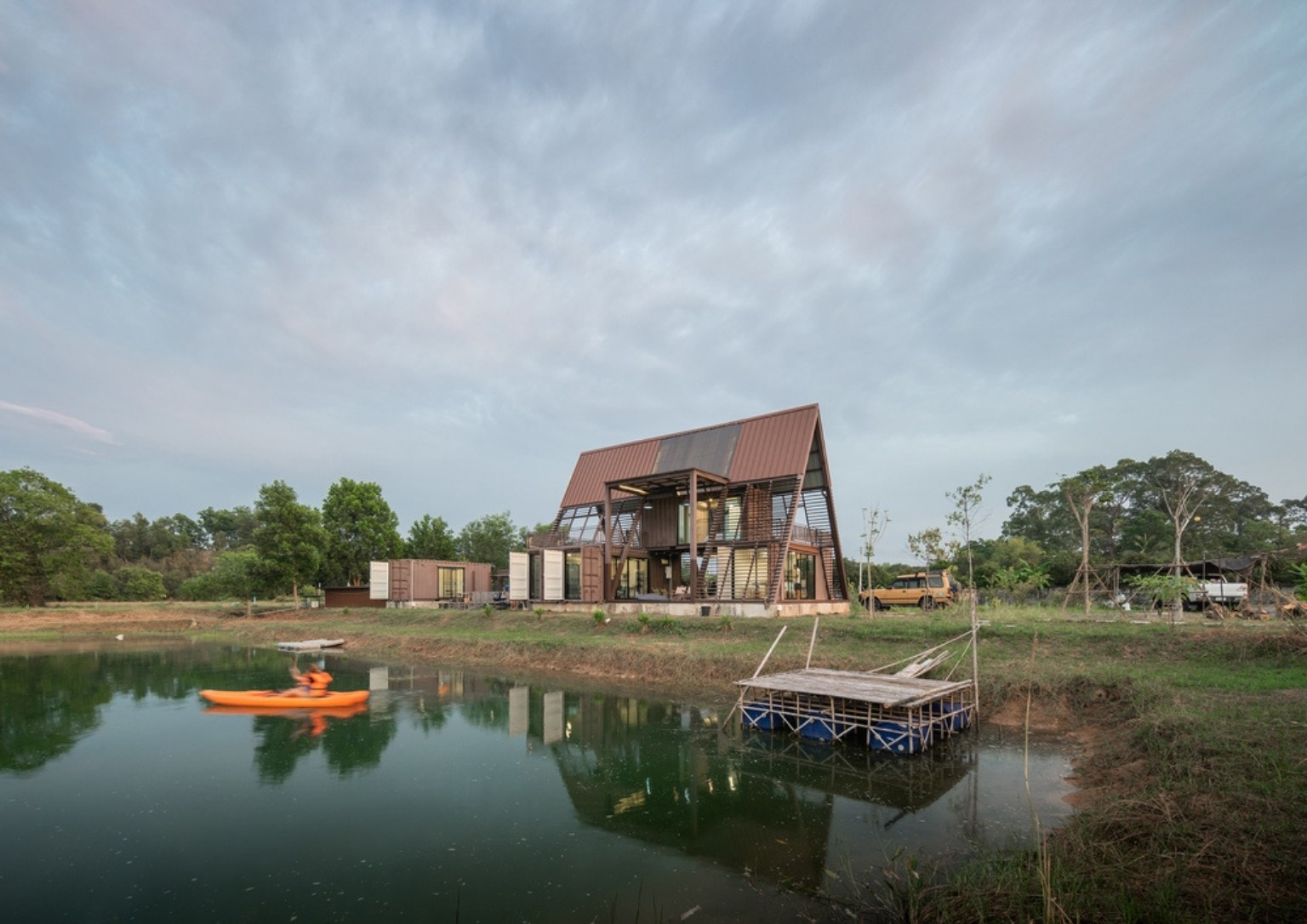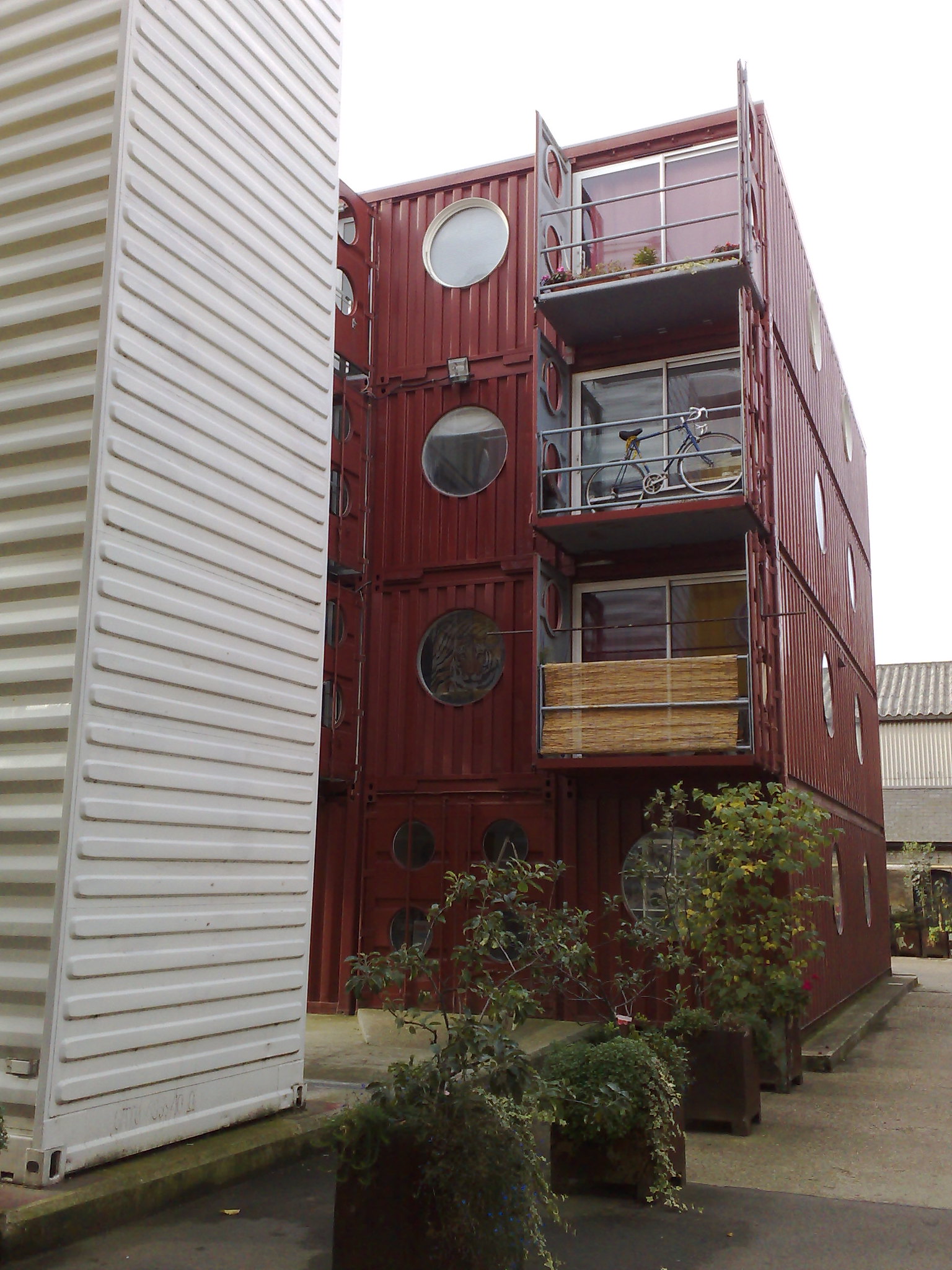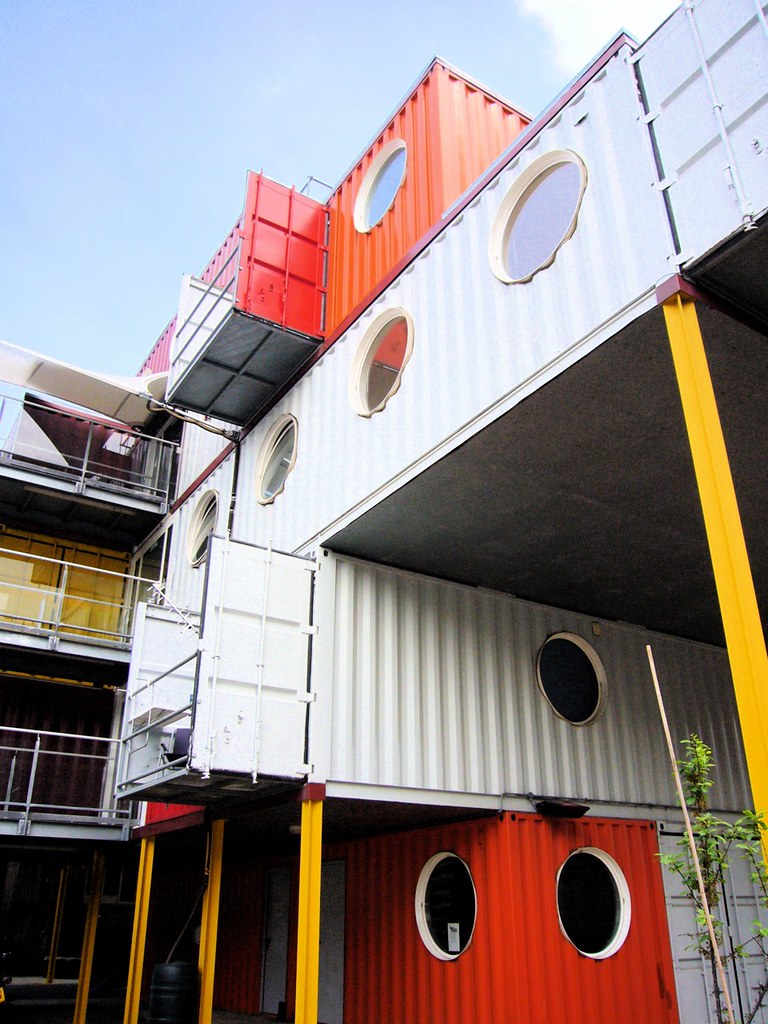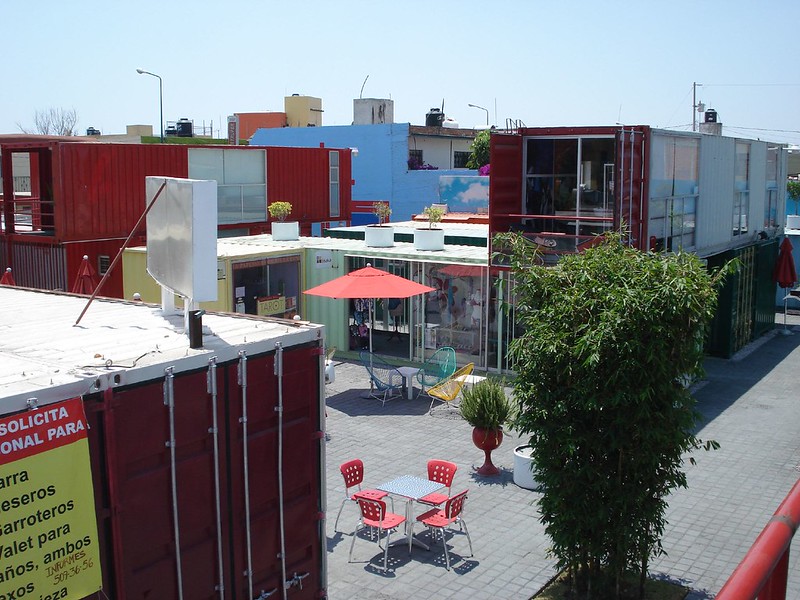
Shipping Container Homes: A Viable Alternative for Affordable Housing?
There’s a growing trend of building shipping container homes as a viable and sustainable alternative to traditional structures. This approach involves repurposing old shipping containers to create new, functional spaces for housing or businesses. The market for this type of architecture is quite specialized, driven largely by the perceived eco-friendliness of the materials. Essentially, it’s a process of recycling old steel containers and transforming them into habitable structures.
Environmentally, the logic of shipping containers as housing is sound. A study by Mattia Bertolini & Luca Guardigli showed that, when done correctly, shipping container homes can potentially have a lower environmental impact compared to conventional construction materials such as bricks and timber.
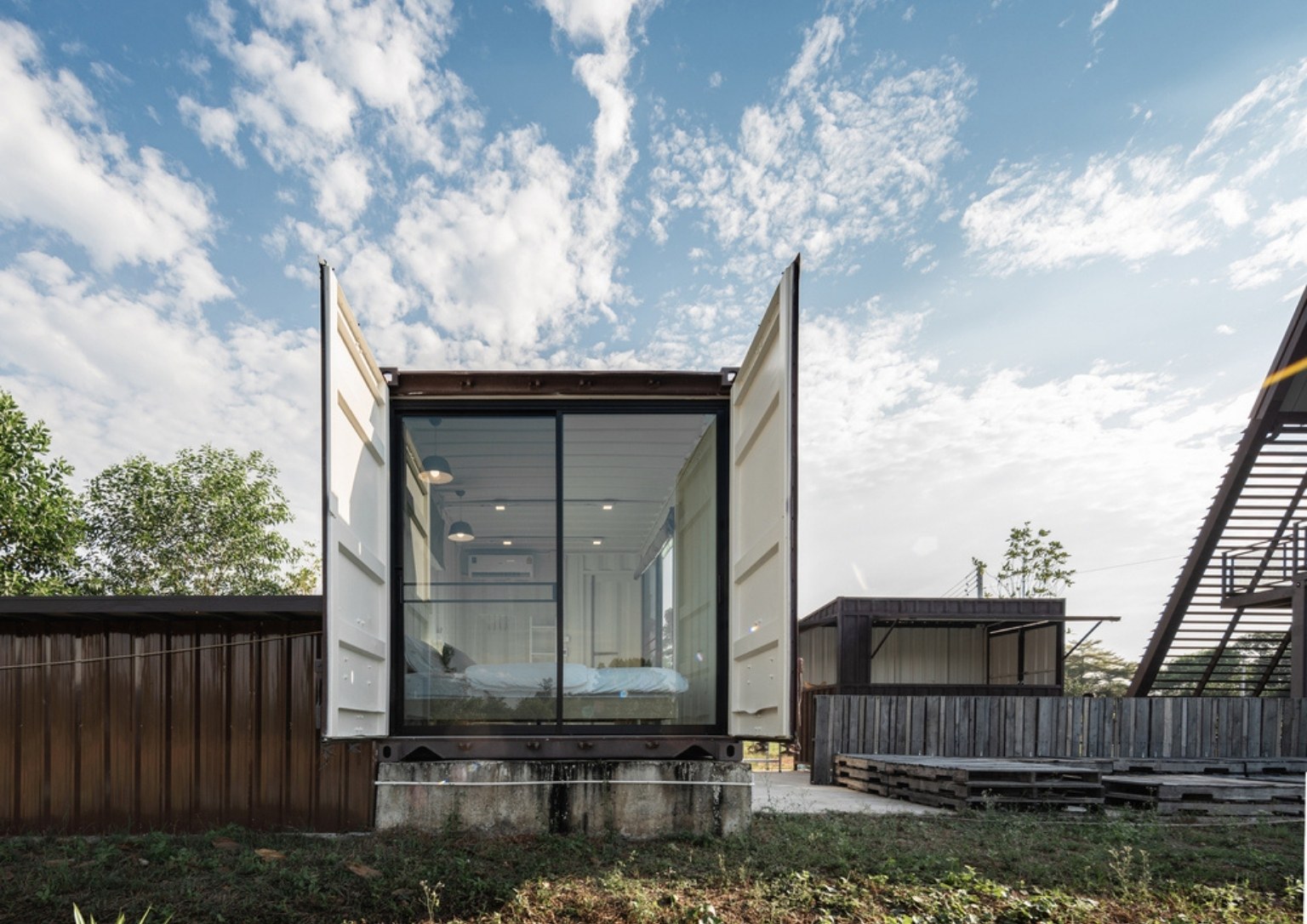
Even when accounting for the entire lifespan of shipping containers used in trade, repurposing them into homes can be viewed as “avoided waste.” This is because their ongoing utilization results in a reduced negative environmental impact.
But are shipping containers viable as housing in the first place?
It’s one of the possible environmental solutions for the sustainable housing market. But we’ll look deeper into the phenomenon to see if it’ll be a big part of the future of the housing we make.
How Shipping Containers Work as Housing
Steel containers are built to store a great number of products that need to be transported long distances, usually by sea. And they have a lifespan ranging from one to three decades.
Because of their size and how shipping containers are built, they are theoretically strong enough to be retrofitted into usable buildings. They are also plentiful enough (the number of unused containers is reportedly in the millions) so that builders can have their pick when it comes to finding usable units.
The Need to Retrofit for Livability
Shipping containers have a hypothetical advantage as a sustainable resource due to their sheer number. However, a big disadvantage is how containers require a lot of retrofitting to be livable.
These containers often transport inert or non-living materials, so they’re not intended for human use. For example, the middle of the roofs are weaker than what you’d get from a typical residence. It needs significant reinforcement to bare loads or be resilient to extreme weather conditions.
Builders need to install plumbing, wiring, and insulation just make it livable. They also need to account for windows and doorways, which entails cutting into the container, thereby compromising its structural integrity. Not to mention the need for compliance to building codes, which can be very restrictive depending on the country or city you’re in.

You can bypass this by buying newly-made containers instead of old ones. However, that flies in the face of it being an eco-friendly and sustainable way to build houses. Steel containers can be a cheaper way to build homes. However, it is a much more expensive ordeal than what people might assume.
Real World Applications
Shipping containers have been recycled and re-adapted into different types of buildings across the world. They include temporary art spaces like Platoon Kunsthalle to giant spaces like the Seventh-Kilometer Market in Ukraine. Another example is the Container Cabin at OOST Kampville in Bangkok, a private vacation rental that retrofitted a series of containers.
A Prime Example
It’s not without precedent. In the 2000s, Urban Space Management built what they dubbed “container cities” in London. Hollowed-out containers stacked on top of each other were retrofitted as residences and offices.
The original was at least four stories tall. Assembled in less than a week, the space continually expanded over the course of a few months. It was a proof of concept, one the developers duplicated in other cities. The main message centered around its scalability: not only are these container homes viable to live in, but they could be built quickly.
Shipping container homes are a time-intensive and sometimes costly endeavor. However, you can’t ignore its bonafides as an eco-friendly option. If you want a home that’s both unique and environmentally friendly, this might be the one for you.
Recommended article: Old plastic containers upcycled in this green home

